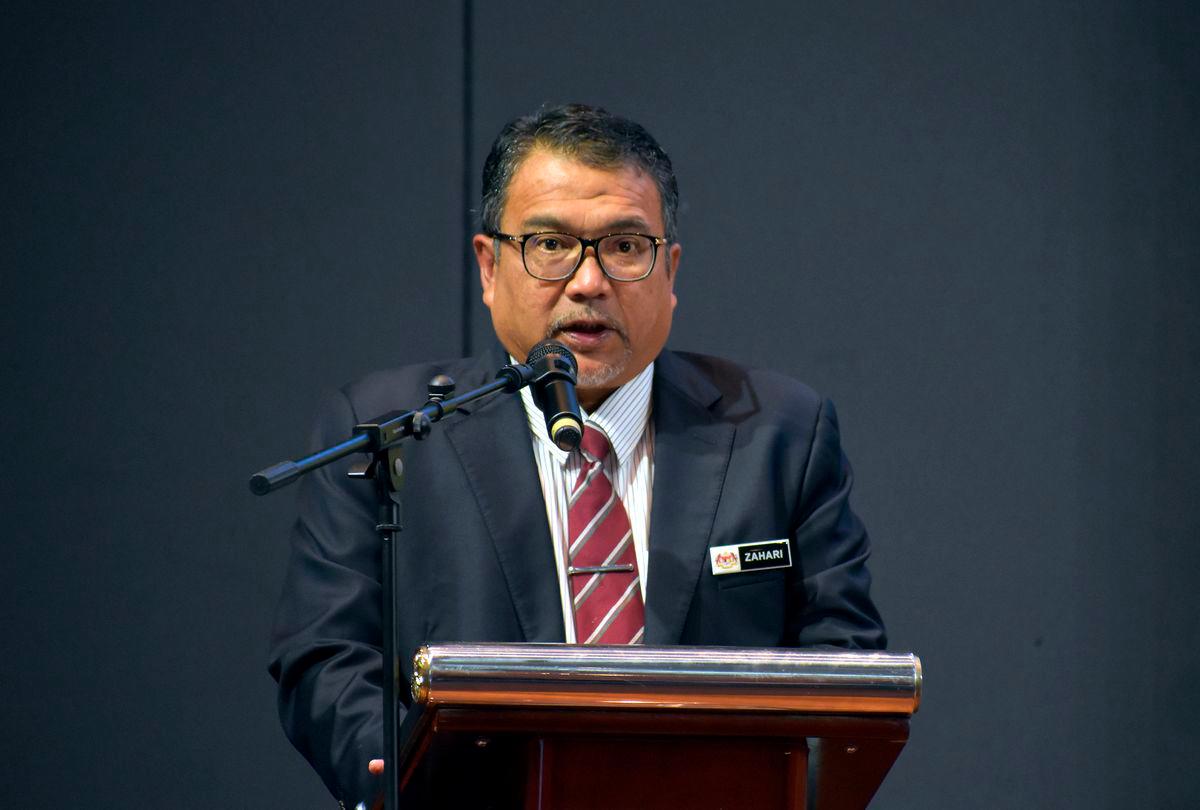MELAKA: The Forestry Department of Peninsular Malaysia (JPSM) has enhanced its Forestry Forensic Guidelines to ensure a more practical and relevant approach to crime scene management, said its director-general, Datuk Zahari Ibrahim.
He said the improvements would also ensure more efficient handling of case exhibits and more thorough preparations of investigation papers.
According to him, the updated guidelines include several key enhancements, among them the appointment of a Science Officer to lead the Forestry Forensics team, the roles and responsibilities of the team leader, and detailed procedures for managing crime scenes and handling evidence samples.
“Several elements have been removed...including the requirement for rough sketches, the need to collect biological samples, conducting final site surveys and physical evidence evaluation.
“The new guidelines are an update to the Director-General of Forestry’s Circular No. 1 of 2017 on the Forestry Forensic Guidelines,” he said during the opening of the engagement session to empower forestry forensics here today.
Earlier, Zahari launched the updated Forestry Forensic Guidelines. Chemistry Department director-general Marhayani Md Saad and JPSM deputy director-general (Operations and Technical) Mohd Radhi Chu Abdullah were also present.
Elaborating, Zahari stated that the guidelines serve as a reference for the JPSM and state Forestry Departments in conducting forensic work to investigate forest-related offences under relevant legislation.
Meanwhile, he said the engagement session is an initiative stemming from the note of cooperation between JPSM and the Chemistry Department, which was signed on Oct 19, 2022, adding that it stands as further proof of both agencies’ commitment to strengthening the country’s capabilities in enforcement and forest conservation through scientific and data-driven approaches.
“It is highly significant in reinforcing the application of forensic science as a vital tool in forestry law enforcement while also contributing to more transparent, efficient, and integrity-driven forest governance in Peninsular Malaysia, which aligns with JPSM’s new vision to become a leading authority in sustainable tropical forest management,” he said.
He said this scientific approach not only reinforces the evidentiary process in court but also serves as proof that natural resource management is shifting towards a technology-driven model grounded in multidisciplinary expertise.
Zahari added that the areas of collaboration include the development of a DNA database for non-timber forest plants, the development of authentication and grading methods for agarwood products to support forestry enforcement and legislation, as well as forensic analysis assistance to aid in forestry law enforcement.









